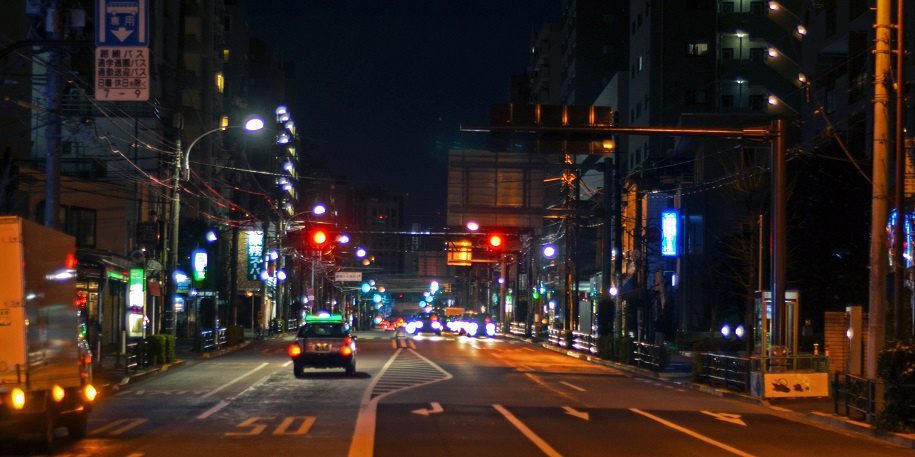How Technology can help make India’s Roads Safer?
Technology has come up as a great help for the government to solve major issues of road traffic violations in India, along with innovation in transportation in several cities across the world.
The government has been planning to install red light violation detection system cameras at several traffic signals and junctions that work round-the-clock to keep track and report images of traffic violations, such as racing, speeding, rash driving and red light jumping by capturing pictures of registration plates.
Then, the images are shared with automation enforcement to send e-challans to the offenders directly to their home.
Vadodara Traffic Police has become one of the first authorities to use this smart traffic enforcement system.
The traffic police collected more than Rs. 1.88 Cr in the financial year 2018-19 as fines and launched special payment desks for recovery of rest of the amounts from violators.
In addition, plans to either seize vehicles or suspend the license of traffic violators have been made by traffic officials, with more than 15 e-challans who haven’t cleared any dues.
Along with robust regulations, Indian roads are one of the deadliest roads in the world. So, proper changes are important in traffic enforcement to save lives.
India should adopt initiatives like remote supervision and computerized testing of driving tests or Integrated Traffic Management Systems to do that.
The Union Minister for Road Transport and Highways, Nitin Gadkari has also implemented the technology to deal with road accidents.
The Motor Vehicle Amendment Act 2019 has been introduced to improve road safety and save the lives of the citizens as part of their mission. The Act has been designed to eliminate corruption, regulate traffic and enable enforcement with technology.
There is a lack of centralized database of driving licenses in Motor Vehicle Act 1988 and it has become possible for people to have several licenses to have several licenses. This way, violators carry other permits even after getting suspended.
It is aimed to be fixed by the Amendment Act in 2019. It comes up with a digitized, integrated licensing mechanism that is centralized to connect UIDs with driving permits. It means only one license is issued to one person.
The National Register for Driving Licenses must be established by section 25A, which will have entries from registers owned by state governments to form consolidated databases of renewals or authorizations of driving licenses.
Authorities are also licensed to maintain and detect public records of defaulters in this section.
If violators don’t finish their refresher training program as required from a licensed driving school by the government, their driving licenses can be suspended and they can be disqualified from holding any license at all if they are found breaking rules for specific times.
In the existing amendment act, section 136A addresses the great disparity in protocols of enforcement in several states. Some states implemented technology in traffic enforcement.
All state governments will now be required to implement electronic enforcement and monitoring rules according to the MVA Act. It will promote consistency in law enforcement and make it more efficient.
For example, smart cameras can minimize traffic congestion and track traffic movement at busiest roads. Using automation, sensor technology and advanced analytics will implement detection of rash driving to generate penalty challans.
Along with capturing a lot of violations, these systems will also be helpful to maintain electronic records of collection of fines. In addition, it would ensure improved reliability, accuracy and elimination of corruption without any human involvement.
E-Challan systems have already been implemented in 15 states, including the ones with largest cases of road crashes like Gujarat, UP, Maharashtra, Punjab and Odisha.
Automated red light violation detection systems will be helpful to detect road traffic violations. For example, Kerala became the third state to have body-worn cameras for police officials.
These cameras can capture live visuals at night. Technology has come up as a great help to improve road safety. A lot of modern equipment is being used between state and central administrations.

















Add Comment